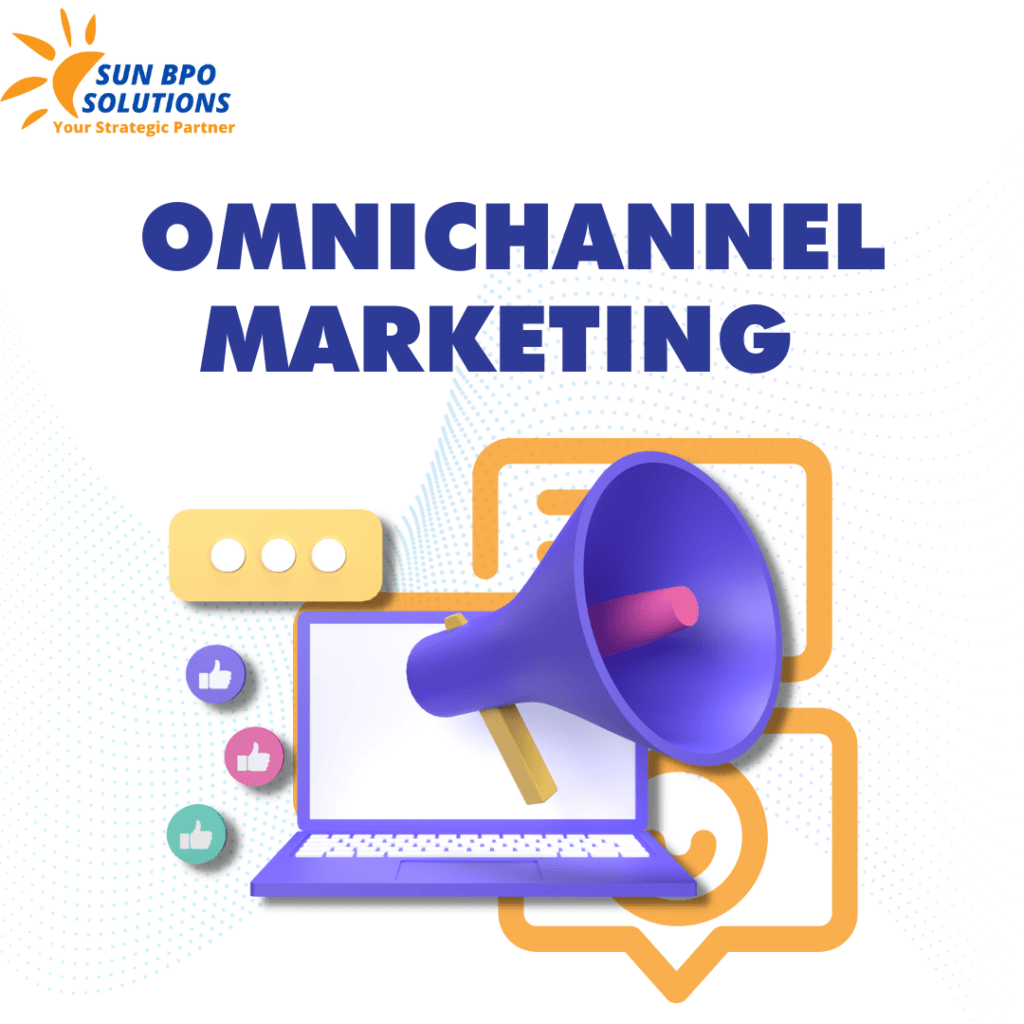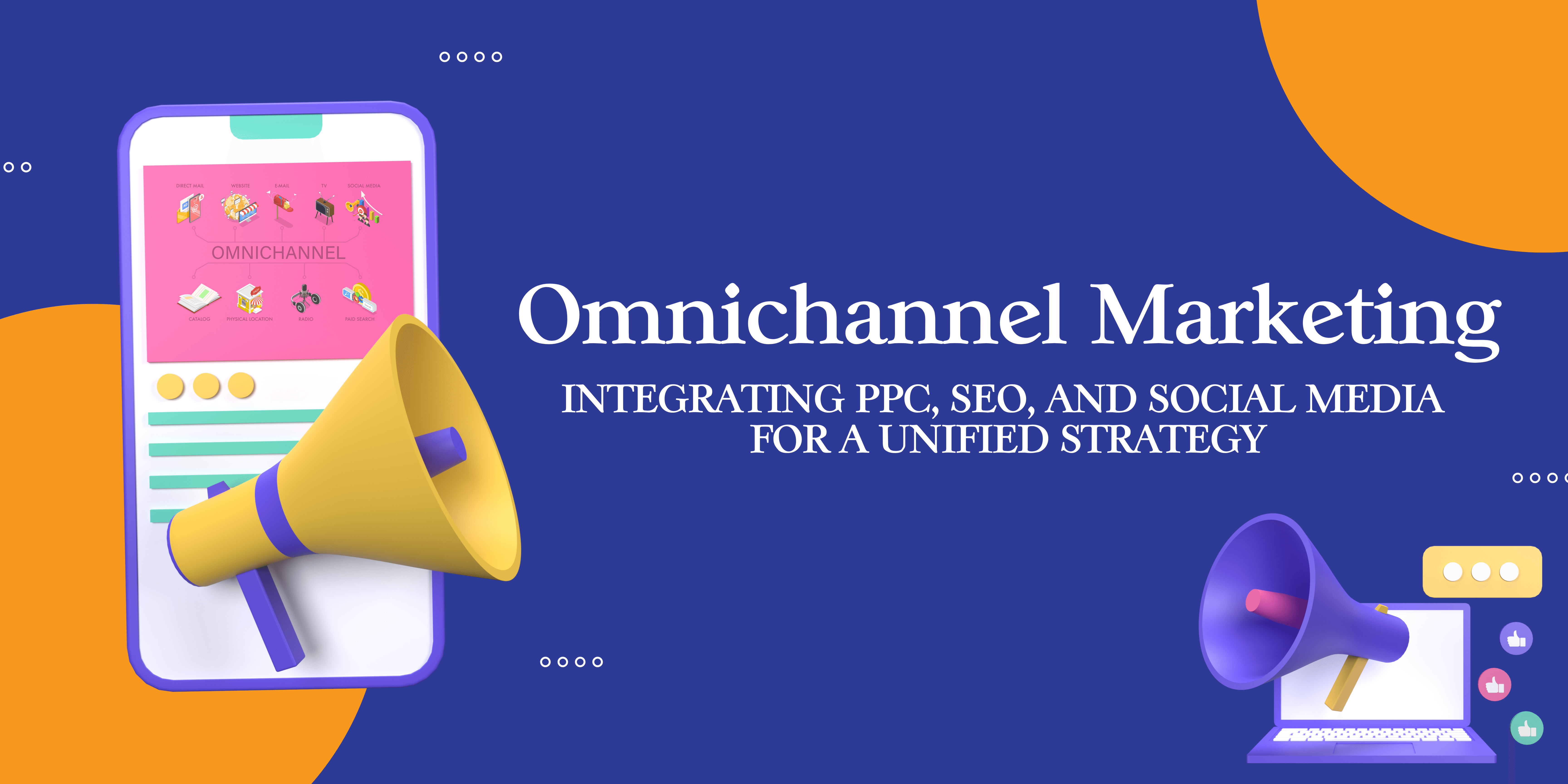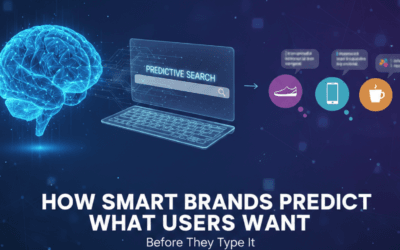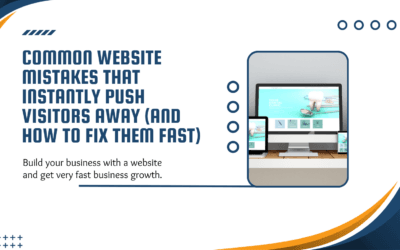Table of Contents
1. What is Omnichannel Marketing?
Omnichannel marketing is an idea that ensures that your brand provides the same experience across all the marketing communication channels online and offline. While multichannel marketing is about where your messages appear, omnichannel is about connecting all the above channels so that the same message is presented at different points of the funnel.
Key Takeaways:
- Omnichannel marketing aligns PPC, SEO, and social media for a unified approach.
- To get their business, customers should be fully engaged, and this cannot happen if the process is complex.

2. The Role of PPC in Omnichannel Marketing
Pay-per-click (PPC) advertising plays a critical role in driving traffic and visibility for your business. By targeting specific demographics and keywords, PPC can capture potential customers who may not have discovered your brand organically. It becomes easy when PPC is integrated with SEO because your paid and organic traffic strategies will complement one another.
Key Takeaways:
- PPC advertisements can supplement organic search results and provide precise targeting.
- Brand messaging is reinforced by retargeting users who have already interacted with your brand.
3. SEO: The Foundation of Organic Growth
While PPC offers immediate results, Search Engine Optimization (SEO) builds long-term organic visibility.SEO is entirely centered on reaching better rankings on search engines to deliver unpaid traffic to your website. When you use SEO keywords together with PPC campaigns and social media advertising, you ensure that your message is coordinated.
Key Takeaways:
- SEO also ensures that your content will be accessible to your audiences once you stop with the PPC ad campaigns.
- Aligning SEO with PPC helps you dominate search results with both paid and organic listings.
4. Social Media: Engaging Customers Across Platforms
Many of your targeted consumers first interact with your brand through the various social media channels. It also becomes an appropriate omnichannel point of interaction because customers are mostly here, especially on social media. With pay-per-click advertising, one can easily promote products to niche markets and all the content created is SEO compliant for social media sites.
Key Takeaways:
- Social media serves as an extension of your PPC and SEO efforts, offering more engagement opportunities.
- Paid and organic social content complement each other, reinforcing your brand message.
5. Creating a Seamless Customer Journey
For an omnichannel strategy to succeed, it must create a seamless customer journey. This involves aligning PPC ads, SEO efforts, and social media posts so customers receive consistent messaging, regardless of where they interact with your brand. A unified approach builds trust, increases conversions, and improves customer retention.
Key Takeaways:
- Your tone, your graphics, and your message should be consistent across all your platforms.
- Personalized customer journeys create a more engaging experience.
6. Tools for Managing Omnichannel Marketing
Managing an omnichannel strategy requires the right tools. Platforms like Google Analytics, HubSpot, and Hootsuite help you track performance and manage campaigns across PPC, SEO, and social media channels. These tools enable you to monitor data, refine your strategy, and ensure all channels are working together effectively.
Key Takeaways:
- Use analytics tools to track and measure your omnichannel efforts.
- Integrated marketing communication tools that are found on the platforms for imc might help make your management process easier.
7. Best Practices for a Successful Omnichannel Strategy
For a business to achieve phenomenal success from the omnichannel strategy it needs to consider consistency, data, and personalization factors. Firstly, synchronize your PPC, SEO, and social media campaign messages and make sure that you are using the same message. To optimize an advertising channel, the data gathered regarding that channel should be used to adjust the techniques used and the customer experience should also be customized when possible.
Key Takeaways:
- A cohesive brand experience depends on consistent messaging and imagery.
- To enhance and optimize your marketing endeavors, employ data-driven insights.

Final Thoughts
Adopting an omnichannel marketing strategy that integrates PPC, SEO, and social media ensures that your brand offers a seamless, unified experience across all platforms. By doing so, you can boost brand awareness, engage with customers at every touchpoint, and ultimately drive better results for your business. It’s time to create a marketing strategy that connects all the dots and delivers a truly omnichannel experience.
Ready to enhance your omnichannel strategy? Start integrating PPC, SEO, and social media today to deliver a consistent brand experience across all platforms. Reach out to SunBPO Solutions for expert guidance on taking your digital marketing to the next level!





0 Comments